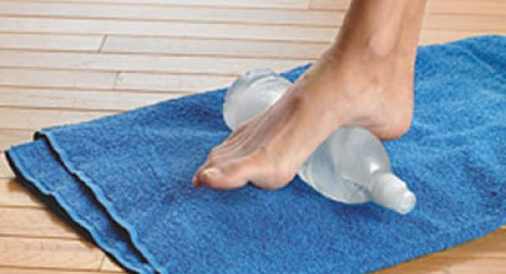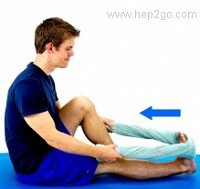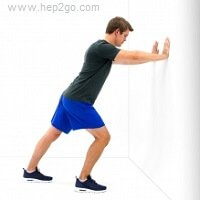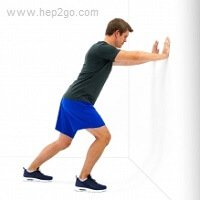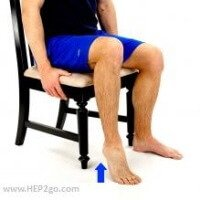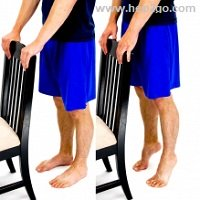1. Bridges
Lie on your back with you knees bent. While maintaining a neutral spine, lift your hips off of the ground and squeeze your glutes. This exercise well help you to build core and glute strength for increased lumbar stability.

2. Clams
Lie on your side with your knees bent and feet together. Slowly raise your knee up without letting your hips roll forward or backwards. This exercise will help to build strength in your gluteus medius, which is important for stabilizing the hip and allowing you to have better control of the trunk and low back. Progress the exercise by placing a resistance band around the knees.

3. Lower Trunk Rotation
Lie on your back with your knees bent so that your feet are flat. Rotate your legs to the side while keeping your shoulders flat against the ground until a stretch is felt in your lower back. Hold for 10-20 seconds. Repeat to the opposite side. This is a good exercise to improve lower back flexibility.

4. Cat/Camel
While on your hands and knees, alternate between arching your back up and down. Hold for about 10 seconds each time. Just like the lower trunk rotation, this is another exercise that can help to improve low back mobility and decrease stiffness.

**These exercises may not be suitable for you if they worsen your symptoms or are too difficult for you to perform. It is recommended to seek out the expertise of a physical therapist if you are suffering from low back pain to provide you with exercises that are appropriate for your specific condition. Please contact Harbor Physical Therapy for further assistance**
Written by: Dr. David Reymann

